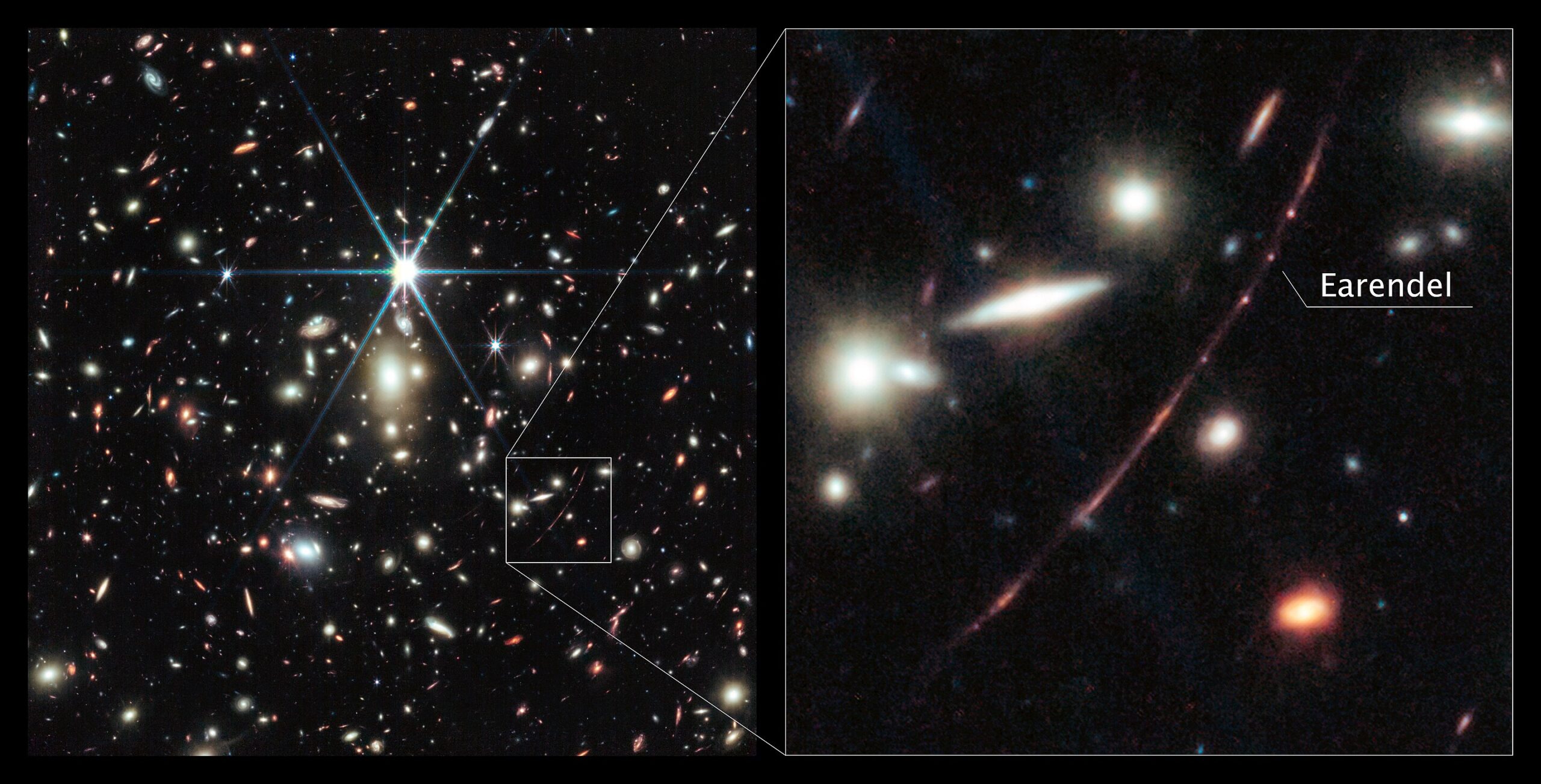MARCH 29, 2025 – There I was, just minding my own business, when “ding!”—the familiar sound emitted by my iPhone announced the arrival of another email, albeit one in my “focused” folder, meaning one that I shouldn’t ignore.
It was from my good friend Mike, whose signature trait is intellectual curiosity. He’d recently caught a particularly intriguing episode of the Radio Lab podcast and wanted to share it. The subject was “Quantum Birds,” or as Mike described it in his own words, “It’s about the DEEP PHYSICS [sic] of bird migration.” Given the mix of subject matter and length of the podcast—42 minutes—I decided to defer listening to it until this morning.
Mike’s characterization of the podcast was understated. As I listened attentively to the clear concise and jocular scientists describing the link between “radical pairs” (of electrons) and magnetism and the mechanics of the earth’s magnetic field acting upon photochemical changes inside a bird’s eye, I was reminded of Richard Feynman’s famous statement during a lecture at Cornell, “If you think you understand quantum mechanics, you don’t understand quantum mechanics.”
Even if you think you understand quantum mechanics, I commend the podcast to you; also the (April 1, 2022) companion article in Scientific American by Peter Hore and Henrik Mouritsen, the latter scientist being featured on the podcast.
In walnut shell, migratory birds possess a photochemically induced “compass” with astonishingly minute—“quantum level”—refinement. Honestly, I don’t know what is the greater cause of amazement should be: the bird’s navigational mechanism or the researchers’ discovery of it.
Why is this important to know? For a whole bunch of reasons, from conservation to climate change research and readiness to a deeper understanding of the intricate interactions within the planet’s ecosystems to our own technological advancement. Plus, there’s simply the awesome beauty of it all. (Why art? Why dance? Why film? Why theater? Why music? Why literature? Why . . . sports?)
But another reason I’m drawn to this sort of “miraculous science” is the combination of motivation and perspective it gives our species. The motivation, driven by pure curiosity, propels us to explore and understand every aspect of the cosmos, from the infinitesimal to infinity in the opposite direction; “from the Alpha to the Omega.”
Had enough of the latest swing of the sledgehammer of bad news? Easy. Read about a bird’s eye—or ponder “the stats” of Earendel, the farthest known star from earth. Earendel was formed 12.9 billion years ago—about 900 million after the Big Bang—but because the universe is expanding, the observed distance of this massive “B-Star” (twice as hot as the sun and a million times brighter) is 28 billion light years. Wrap your head around that, and in a heartbeat you can take leave of the nonsense emanating from a pinpoint on our speck of our spinning orb revolving around the sphere of nuclear fusion we call “the sun.”
https://radiolab.org/podcast/quantum-birds
https://www.scientificamerican.com/article/how-migrating-birds-use-quantum-effects-to-navigate/
Subscribe to this blog and receive notifications of new posts by email.
© 2025 by Eric Nilsson
